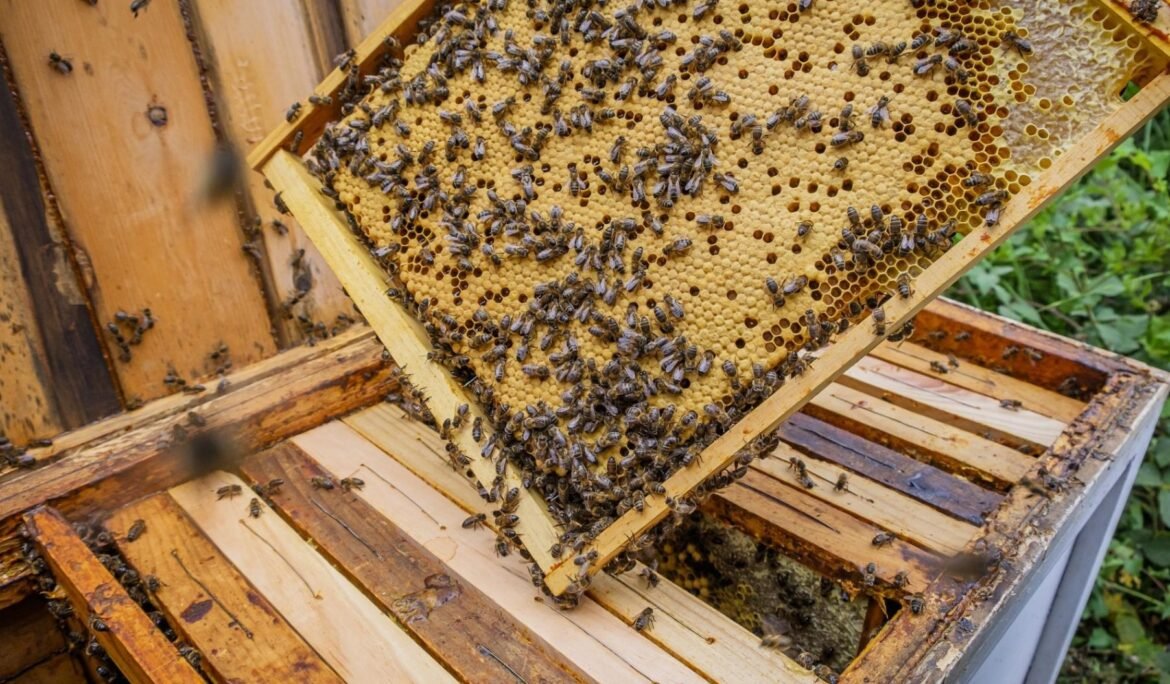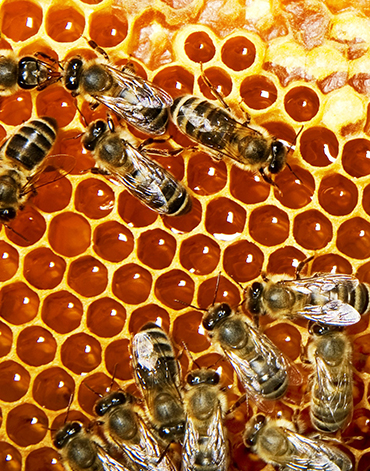Introduction:
In the world of honey, everything is not as sweet as it seems. As consumers become more discerning about their choices, the purity of honey has come under scrutiny. This post analyses the complexities between pure and impure honey, shedding light on how to tell the difference and the impacts on health.
Identifying Unadulterated Honey:
Genuine honey is a natural elixir with many benefits. Here are some tips to help identify the real deal:
- Source Transparency: opt for honey that discloses its origin. Local and raw honey often have a higher likelihood of being pure.
- Crystallization: Unadulterated honey tends to crystallize over time. While unappealing to some, this signals authenticity.
- Water Test: Drop a teaspoon of honey in water. Pure honey will sink, while impure honey may dissolve or mix with water.
Identifying Unadulterated Honey:
Unfortunately, the honey trade isn’t always sweet. Doctored honey, often thinned or tampered with, can endanger consumers:
- Dilution with Sugars: Some deceitful producers blend honey with inexpensive sugars like corn syrup to increase quantity and cut costs.
- Lack of Nutrients: Adulterated honey may not contain the nutritional density of pure honey, depriving consumers of the natural benefits they desire.
- Health Hazards: Consuming impure honey can cause health issues, especially for those with allergies or sensitivities to additives.
Real-World Examples:
1. The Honey gate Scandal:
In 2018, a global outrage exposed large-scale honey adulteration. Investigations found some honey on the market was mixed with cheap sweeteners, jeopardizing the reputation of several major brands.
2. Local vs Imported Honey:
A case study comparing locally sourced honey to imported varieties highlighted the differences in transparency and quality. Shoppers were often surprised that local honey, with clear sourcing information, was a safer and more reliable choice.
Grandma's Hive Experience:
At Grandma’s Hive, we’ve conducted extensive experiments comparing honey available in the market to our pure honey harvested from combs or natural sources. Our commitment to transparency and ethical beekeeping practices ensures the honey you get is not just delicious but also genuine. We believe in enriching lives with the purest honey available, straight from Grandma’s Hive.
Conclusion:
Choosing honey isn’t just about satisfying your sweet tooth; it affects your well-being. By understanding the traits of pure honey and being aware of the risks of impure honey, you can make informed choices that benefit both your health and ethical beekeeping. As consumers, let’s aim to sweeten our lives with the purest, most genuine honey available from Grandma’s Hive.



